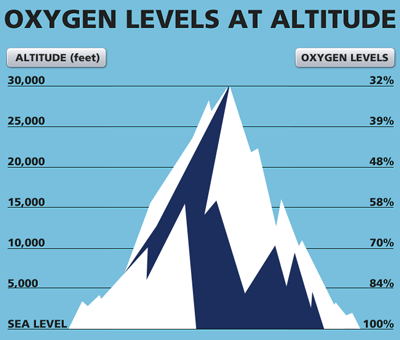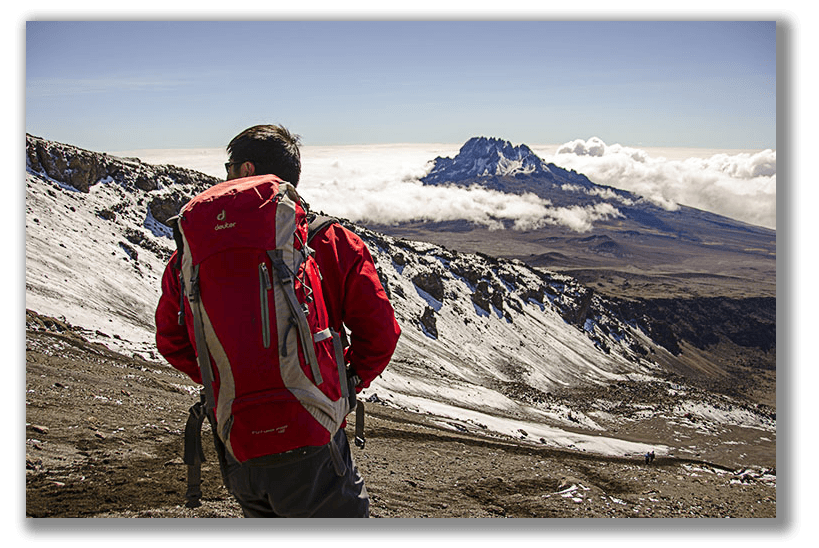

People who have previously been affected by it may, on medical advice, take acetazolamide (Diamox ®). MedicationsĬertain medications can help prevent altitude sickness. Excessive physical exertion is also unwise. Tobacco, alcohol, sleeping pills and drugs that affect a person's reactions are strongly discouraged at high altitudes. An additional litre of fluid per day is needed for every 1000 metres of altitude. Try to eat a carbohydrate-rich diet and drink plenty of fluids. After this, do not attempt to climb more than 300 metres per day (sleeping height) and after each day of climbing, spend an extra day at the same altitude. To allow the body to acclimatise it is wise then to take a day’s rest. People can generally climb to a height of 2500 metres relatively quickly. This is extremely painful but the symptoms disappear within 24 hours.

Initial symptoms are a dry cough, reduced stamina, shortness of breath upon exertion and dry hawking. The most dangerous stage of AMS is pulmonary oedema. Headache, nausea and vomiting may occur but not necessarily. This is evidenced by uncoordinated movements, decreased consciousness and coma. People who have AMS or pulmonary oedema and then go on to develop neurological symptoms will be diagnosed as having cerebral oedema. Two potentially fatal complications of AMS are High Altitude Cerebral Oedema and High Altitude Pulmonary Oedema. Another characteristic is water retention, although this is more common in women.

AMS has similar symptoms to a hangover after a night out. Some people experience a fever, especially if there is pulmonary oedema (see below). Loss of appetite, nausea and vomiting can also occur, in addition to fatigue and weakness. Up to six hours after a rapid climb to above 2,000 metres a headache can occur which gets much worse when the sufferer bends over. AMS is caused by reduced air pressure and lower oxygen levels at high altitudes. A respiratory infection is a potential risk factor. There is no link between physical fitness and the occurrence of altitude sickness. Susceptibility to acute mountain sickness differs from person to person, but the condition occurs equally in men, women and children. People feel lightheaded, their vision can become blurred and they may faint. An initial symptom of altitude sickness, otherwise known as “Acute Mountain Sickness” (AMS), is dizziness.


 0 kommentar(er)
0 kommentar(er)
